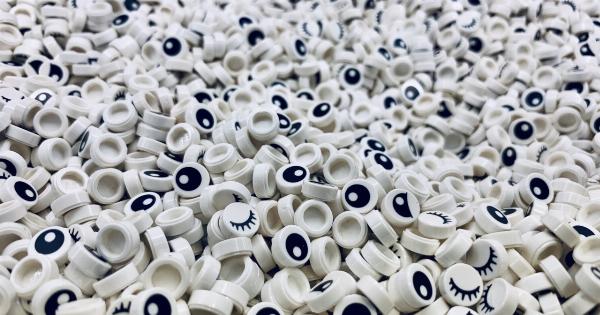Insects have long been known for their unique abilities and skills. From their incredible strength to their remarkable sense of smell, insects continue to astound scientists with their capabilities.
One such ability that has recently captivated researchers is the potential for insects to detect cancer.
The Beginnings of an Idea
The concept of using insects to detect cancer may seem far-fetched, but it has its roots in ancient history. The idea traces back to the time of the ancient Greeks, who believed that dogs could detect diseases by sniffing the breath of patients.
This belief persisted throughout the centuries, with various animals like rats, bees, and even ants being trained to detect diseases.
The Nose Knows
The key to understanding how insects can detect cancer lies in their sense of smell. Insects, particularly bees, have an exceptional olfactory system that enables them to detect the slightest of smells.
This ability is crucial for their survival as they rely on scent cues to find food, mates, and ultimately, their way back to their hive.
The Science Behind the Detection
Researchers have discovered that insects, especially bees, can detect certain volatile organic compounds (VOCs) produced by cancer cells. These VOCs are present in a person’s breath, urine, and sweat in minute quantities.
The theory is that insects, with their highly sensitive olfactory receptors, can recognize the unique scent profiles of cancerous cells.
Bee Training
To harness the potential of bees in cancer detection, scientists have been training these insects to associate the smell of specific VOCs with a reward, such as sugar water.
By using a conditioning technique known as Pavlovian conditioning, researchers expose bees to the smell of breath samples collected from cancer patients. If the bees show a specific response, such as extending their proboscis (feeding tube), they are rewarded with sugar water.
Success Stories
The results of these bee training experiments have been promising. In a study conducted at a Portuguese university, bees were trained to detect lung cancer in breath samples.
The trained bees were able to identify lung cancer patients with an impressive accuracy rate of 85%. These findings provide hope for the potential use of insects in early cancer detection.
Challenges and Limitations
While the concept of using insects to detect cancer is intriguing, there are several challenges and limitations that need to be addressed. One of the main challenges is ensuring the reliability and consistency of insect-based detection methods.
Factors such as variations in training protocols, environmental conditions, and the availability of specific VOCs all impact the accuracy of results.
Additionally, ethical considerations come into play when utilizing insects for medical purposes. Proper care and treatment of the insects involved in the experiments are necessary to ensure their welfare.
Researchers must also consider the potential harm that insects may encounter when exposed to samples that contain harmful substances.
Towards a Future Solution
Despite the challenges, the field of insect-based cancer detection shows promise. Scientists continue to explore new methods and technologies to improve the reliability and accuracy of this detection approach.
Advances in machine learning and artificial intelligence could further enhance the capability of insects to detect cancer, making it a viable tool for early diagnosis.
Expanding the Possibilities
While bees have been at the forefront of insects used in cancer detection, researchers are also exploring the potential of other insects. For instance, in a recent study, scientists successfully trained cockroaches to detect tuberculosis.
This opens up a world of possibilities for using different insects to detect various diseases.
A New Era of Cancer Detection
Imagine a future where insects are employed in medical clinics and hospitals to detect cancer at its earliest stages. This could revolutionize the field of cancer diagnostics, allowing for quicker and less invasive detection methods.
Insects could act as living bio-sensors, complementing traditional diagnostic techniques and potentially saving countless lives.
Conclusion
The mystery of insects detecting cancer continues to fascinate researchers. Their remarkable sense of smell and ability to detect subtle scent cues have the potential to revolutionize early cancer detection.
While there are challenges to overcome, the progress made so far is promising. As we delve deeper into this area of research, the day when insects assist in detecting cancer may be closer than we think.





























